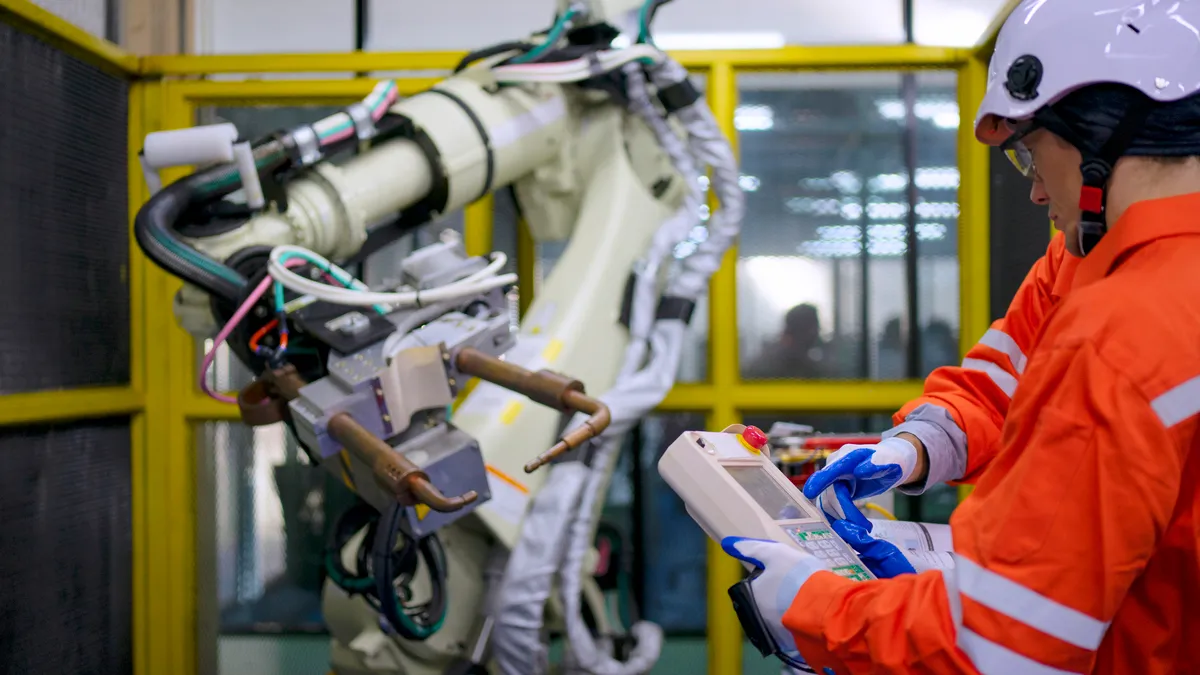Employees can log on to their company’s Intranet — day or night — to find out how much coverage they have for outpatient surgery, or pull up a smartphone app to challenge a colleague to a three-mile run through the company's wellness program.
Automation sure has made life easier. Employees can access information online that they used to get in person from the HR department, freeing up HR managers to focus on more strategic tasks, and neither has to look another human being in the eye if they choose.
Automation has made life easier, all right … except when it doesn't.
A criticism of technology in general is the loss of human-to-human, non-tech supported interaction. Employees seem to agree that when it comes to more complex or personal information on, say, benefits, retirement savings accounts, development or performance feedback, they want to hear it straight from their manager or the HR department.
As the keepers of data and ones who oversee multiple functions, HR professionals are glad to hand over their most time-consuming tasks to information systems. But in an automating workplace, what responsibilities should not be automated?
HR Dive asked Jason Carney, HR director at WorkSmart Systems, Inc., an Indianapolis-based professional employer organization (PEO), how HR departments are using automation and, with more frequency, artificial intelligence (AI).
“Automation has been around for a long time, while AI in HR has just come on the scene in the last few years,” says Carney. “Many large organizations are using AI in their recruiting platforms to do everything from facial/speech recognition to simulated assessments that crunch data based on emotional responses and body language.” He adds that while AI’s capabilities can be mind-blowing, the technology is costly and still out of reach for many small companies.
Technology is tailor-made for HR
Technology promised a near paperless world decades ago. That was a half-kept promise, as office and home printers are still churning out documents. But there’s hardly a workplace procedure automation hasn’t touched.
“With the widespread use of the Internet in the 90s, every organization wanted to go ‘paperless,’ which was the true definition of automation at that time,” said Carney. Back in the 70s and 80s, tech pioneers like SAP and PeopleSoft had tagged HR and payroll processes for automation. But the cost was too high.
“HRIS in those days was what AI is to small and medium companies these days – largely out of reach and not so practical from a business standpoint,” he said. “As general HRIS/HRMS systems become more attainable and off-the-shelf, I expect AI will become more realistic within the next few years, especially the way technology is growing exponentially.”
Automation’s purpose is always two-fold: to save time and lower costs. Carney agrees with the belief that automation will eventually claim more jobs. Older systems were designed to complement employees’ work, he explained, but future systems will be designed specifically to cut employee overhead. “While it may take a recruiter an hour to scan 50 resumes, the right software can do it in minutes, if not seconds,” Carney said. "Employees are a company’s greatest asset but highest expense. Any reduction in overhead goes straight to the bottom line."
Technology didn’t create a paperless world, but it did cut down on the shuffling of paper, especially in HR. “If a business can buy an off-the-shelf HRIS and simply reduce nothing more than the scanning and saving of documents, it will instantly be ahead money-wise,” said Carney. “Add in data security, streamlined onboarding processes, and employee self-service functions and you can reduce your overhead diametrically.”
The human touch is HR’s specialty
With automation everywhere, and AI fast on its trail, will the human touch be obsolete one day?
Talent acquisition (TA) is HR’s premier function. Keith Johnstone, marketing manager at Peak Sales Recruiting, B2B sales recruiting specialists, said that while there’s been a surge in automated TA programs and software, some elements in these platforms shouldn’t be automated, like the candidate assessment phase.
“Although there is an abundance of resume screening tools and psychological profiling tests that do an excellent job of eliminating candidates who lack the necessary traits for the role or company, interviews, in particular, still need a human element,” said Johnstone. Machines can’t yet accurately measure candidates for cultural fit, ask probing questions that challenge their responses or seek more specific details from candidates, he said.
Denise LaForte, North American leader of Mercer’s HR Transformation practice, identified three common strategic HR teams whose functions depend in part on human interaction. The HR business partners team, for example, works very closely with the leaders of the company’s business unit. She said this team works with company leaders in areas like development, organizational design and change management.
“Employee relations teams are often part of the business partner teams, and work directly with employees and managers to solve complex issues like union grievances,” said LaForte.“These teams also might provide support for recruiting. This work requires human interaction, but some functions can be automated, like applicant tracking.”
Carney said he’s routinely complimented for always having a live receptionist answering his office phone, despite the extensive use of automated phone systems. A live receptionist is costly, he said, but having someone who can immediately answer clients’ questions is worth the expense.
“Maybe I’m old-school, but you can never replace the human element when it comes to the leadership and development of your employees. HR can be a pivotal role in this area — from answering complex benefits questions to training and developing staff,” said Carney. He believes that one-on-one interaction with employees set workplaces apart, and that technology should be used to free up staff’s time. To him, technology is really just another tool in HR’s toolbox.
Automation has consequences
Does automation have limits or is the human factor simply more effective in some HR functions? Johnstone said that in hiring, being objective about job candidates is critical, a trait machines don’t have. “Many of the tasks and issues within the HR sphere have shades of grey that machines can’t understand and process,” he said.
Automation isn’t error-free, which means it’s not 100% reliable (though it does help).
“Remember GIGO? Garbage In, Garbage Out. In other words, your data is only as good as the initial input,” said Carney. “Some of the challenges we’ve run into with our system came from inputting bad information in the on-boarding process. And, just like rumors and gossip, it’s hard to put the genie back in the bottle.” He said a seldom-used field in his HRIS system asks if an employee is a smoker. For some reason, the box was checked for one particular employee. The non-smoker was mortified when he saw the error and insisted that the field be removed.
“We were happy to comply," said Carney, “but as all things technological go, it took a while to remove the entire field from the system. While it is easy to blame technology for snafus like this, sometimes you just have to own up to it — as a human.”




















